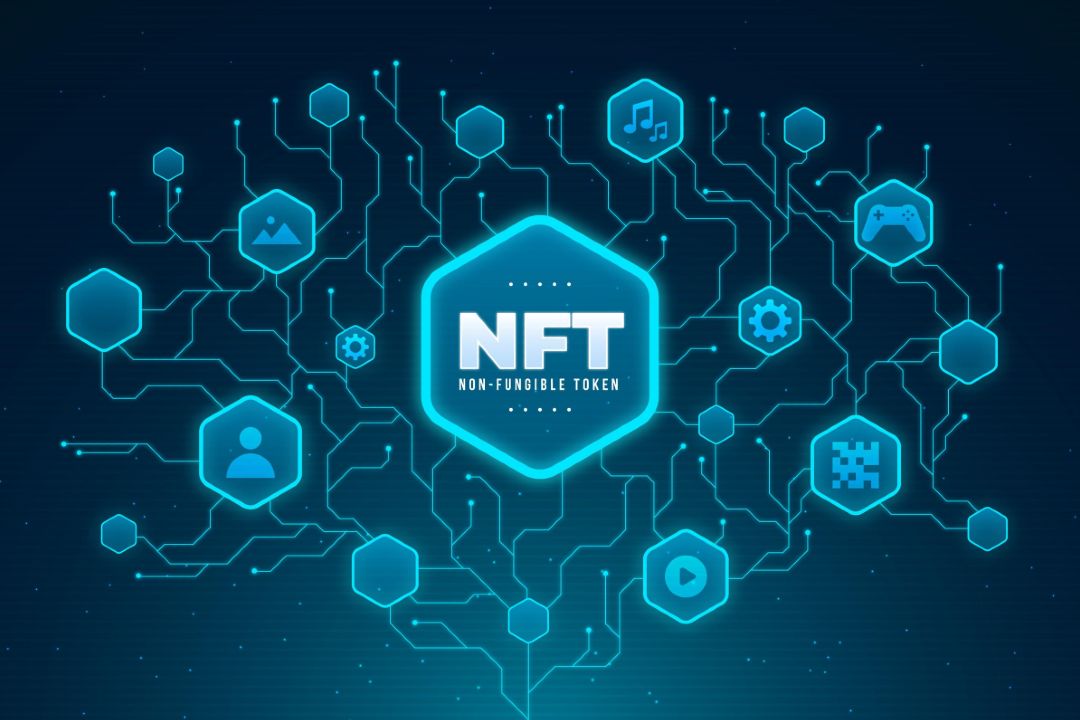What is NFT?

Unlike dollars, stocks, bitcoins, or
gold bullion, which are volatile assets, "fixed" NFT assets represent
unique items. Immutable Tokens (NFT) is a digital representation of
collectibles in the physical world.
The bitcoin in your hand and the
bitcoin in someone else's hand have the same value. But keep in mind that each
bitcoin has a different value. This is the nature of NFT assets. Although there
are many more than the same thing, it is known which of them is original and
the identity of the owner. Examples of NFT are digital artwork, sports cards,
internet domain names, or wallet names used for cryptocurrency.
Immutable Tokens (NFT) are commonly
used to create copyrighted products due to their properties. For example, when
an artist creates a work of art as a fixed token (NFT), the artist receives a
passive income for each sale of the product.
NFTs are digital certificates
associated with unique digital assets registered in a blockchain to verify
authenticity and confirm ownership to buyers. The value of NFT stems from its
uniqueness.
Non-volatile tokens are specially
designed to be easily identified and verified. These digital assets, usually
created in the Ethereum infrastructure, are created in accordance with the
standards for ERC-721 and ERC-1155 tokens.
The ERC-1155 standard also offers the
ability to work with new capabilities. This means that the blockchains of NFTs,
which are unique assets, are compatible with each other and can be easily
transferred between different applications. In addition to the Ethereum
infrastructure, Eos, Neo, and Tron developers have released their own token
standards to promote NFT formation.
The first Ethereum-based NFTs
appeared in 2015. CryptoKitties was named in 2017 for the first time thanks to
non-exchangeable token (NFT) technology.
Fixed Tokens have three main
features.
1. Indivisible;
2. Unshakable;
3. Verifiable.